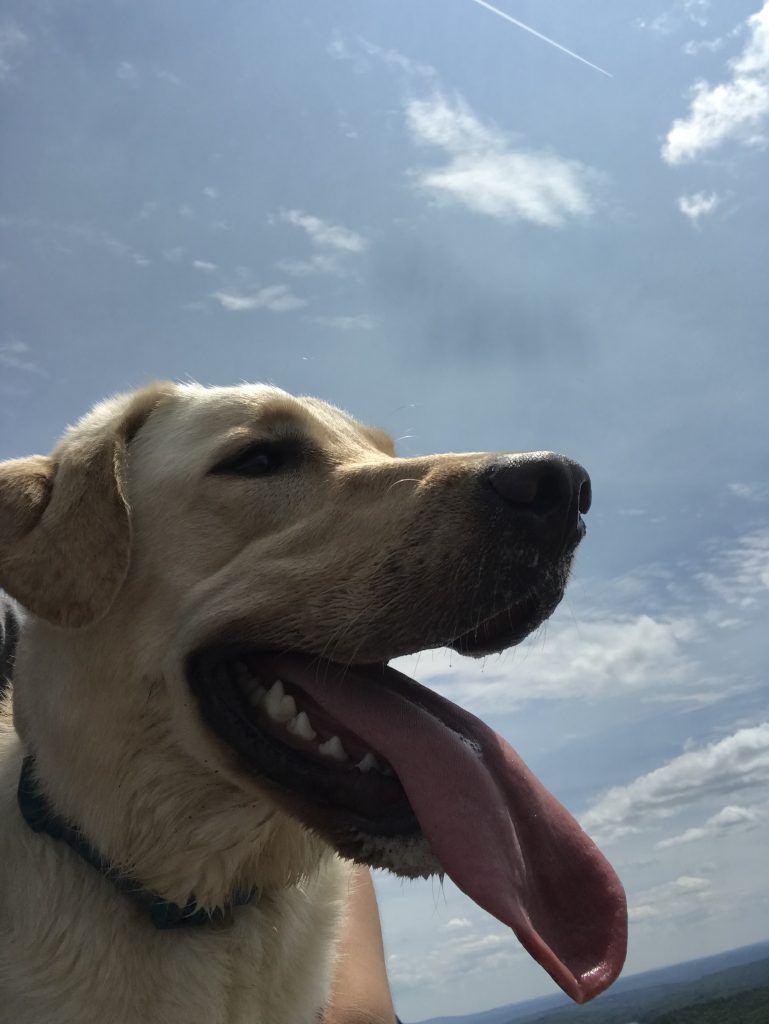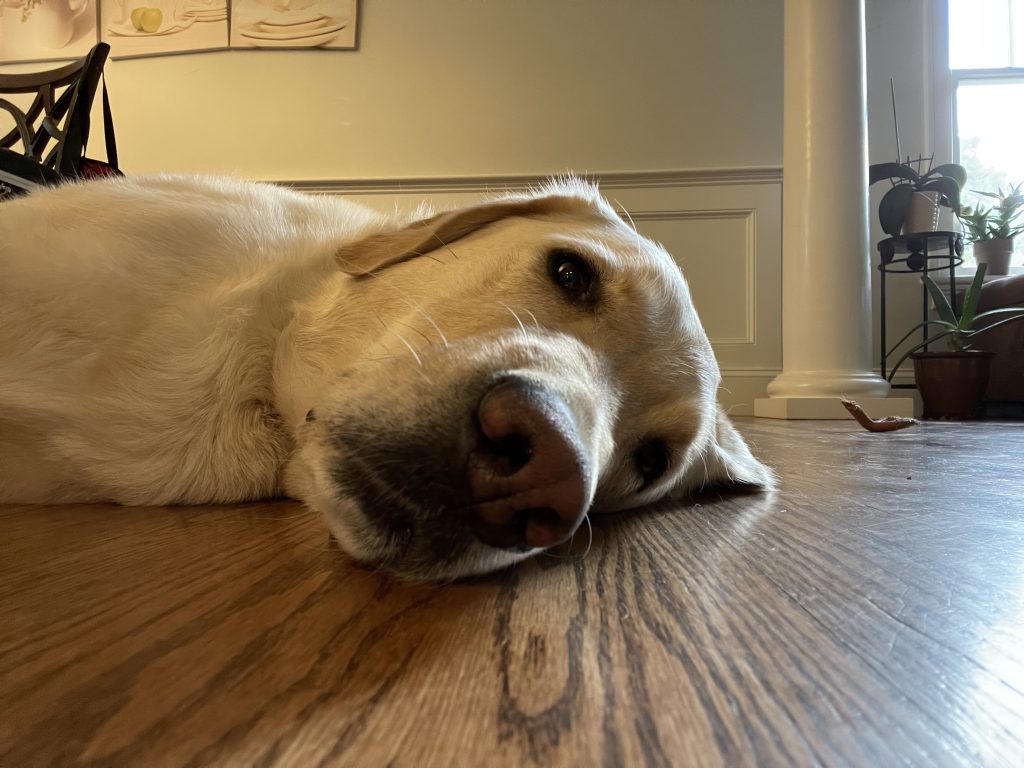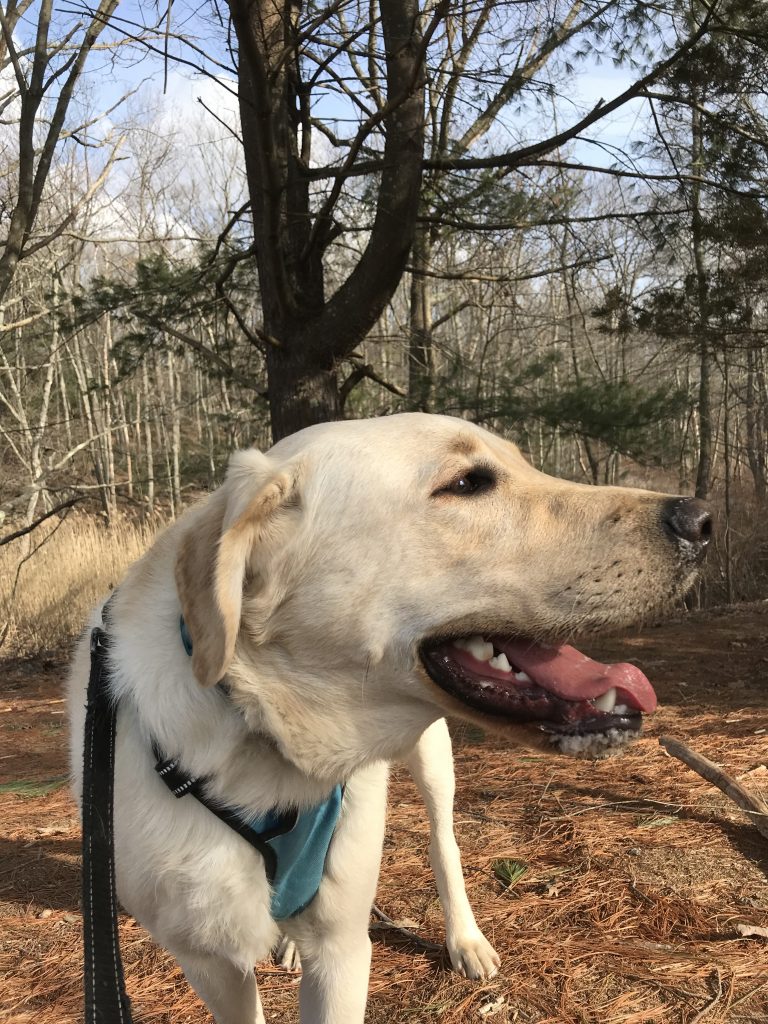number of rows * number of columns
7831*7941
What are the units of the pixel values in each image?
LC08_L1TP_047024_20170822_20170912_01_T1_MTL_MultiSpectral:
ElephantHill2017_radiance:
ElephantHill2017_reflectance:
In the spectral profile of vegetation from Elephant Hill, we see an initial high reflectance amount in the blue visible wavelength and then a decrease in red but then a jump in the near-infrared wavelength. The main difference between the lecture and this spectral profile is that the spectral profile of vegetation from Elephant Hill also has an initial high value on the blue band of the visible wavelength, which is not apparent in the lecture.
The major difference between the two curves for the vegetation is the surface reflectance curve adjusts for atmospheric distortions. In the atmospheric distortions of the TOA reflectance, it creates a higher spectral profile in the visible bands, so we see the increase of blue to red wavelength being higher values than the surface reflectance. For the infrared bands, it is relatively the same for vegetation, as infrared bands aren’t affected as much by atmospheric distortions. For water, we also see a high value for TOA reflectance for all visible wavelengths but also a higher value for infrared as well. The differences between the curves vary across vegetation and water due to atmospheric distortions.
The color view that is the most easily identifiable of burned areas is the SWIR-NIR-red map. It has a distinct notable area that is the infrared band but in red which shows the areas that have been burnt. The spectral reflectance curve of the burned areas would have a higher value in the red bands as burned vegetation can’t absorb the red light, and near-infrared waves will have smaller values as there are no leaves to reflect NIR. The green bands in the spectral profile also have lower values because there isn’t any vegetation.
???????????? = ???????????? − ???????????????? / ???????????? + ????????????????
Burned Area: High SWIR, Low NIR
Healthy Area: Low SWIR, High NIR
So, burned areas will have a lower NBR than unburned, healthy vegetation.
∆???????????? = ???????????????????????????????????????? − ????????????????????????????????????????????
Burned Area: High NBR prefire, Low NBR postfire
Healthy Area: High NBR prefire, High NBR postfire
So, burned areas will have a higher change in NBR than unburned, healthy vegetation.
The dNBR map has spatial patterns that show areas of higher burns separated by areas of lower burns. It also has a neat outline of where the burn occurs, as the burn was definitely focused on one part of the area. The areas that have higher fire severity are the areas that contain hills and bigger trees. There is way more fuel for these fires so there is a exponentially larger amount of area burnt on hills. The lower burn severity areas included areas that were considerably less hilly and more barren across the area.
Upload your 2022 NDVI image, and your dNDVI images in one pdf file.
Write 1-2 paragraphs summarizing your results from this part of the lab. Be sure to address the following questions:
- Where did you observe the strongest vegetation recovery, and where did you see weaker vegetation recovery? How does vegetation recovery relate to fire severity?
- Which is more useful for observing vegetation recovery? NDVI from 2022, or dNDVI? Why?
- What are the limitations of NDVI for understanding vegetation recovery? What can and can’t you infer about vegetation characteristics on the ground from your NDVI results?





